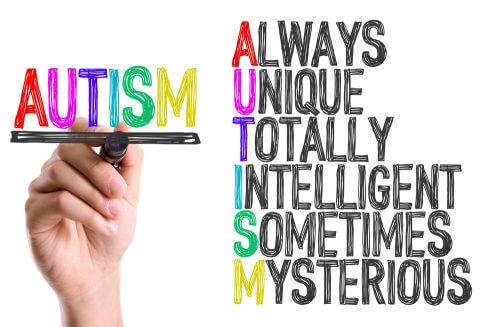The researchers showed that the evolutionary signature characteristic of autism genes can be used to discover additional genes with similar genomic characteristics, which may also be related to autism. These findings expand our understanding of the genetic mechanisms involved in autism, and provide new tools for discovering additional genes associated with the syndrome.

Dr. Idan Menashe and his colleagues, Erez Tzur and Prof. Michael Friger, studied the sequences of more than 650 genes related to autism and discovered characteristics that distinguish them from other genes in the genome.
The unique characteristics of autism genes include, among others, an unusual genomic length, which is even longer than the length of other genes expressed in the brain, and genes associated with similar diseases such as Alzheimer's and schizophrenia. In addition, the researchers found that genes for autism carry a genetic signature typical of an evolutionary process of negative selection. This process is responsible for removing harmful mutations from the genome in a gradual process over generations.
Dr. Menashe and his colleagues also looked for evidence of positive selection operating in these genes. Such a mechanism, which is responsible for leaving mutations in the genome, can explain the existence of autism among humans. However, no signs of positive selection were found in these genes. Therefore, the researchers suggest that mutations leading to autism remain in the human genome because they cause the appearance of autism only in combination with genetic factors or other environmental factors.
Finally, the researchers showed that the evolutionary signature characteristic of autism genes can be used to discover additional genes with similar genomic characteristics, which may also be related to autism. These findings expand our understanding of the genetic mechanisms involved in autism, and provide new tools for discovering additional genes associated with the syndrome.
The research findings were published these days in the journal Behavior Genetics.
